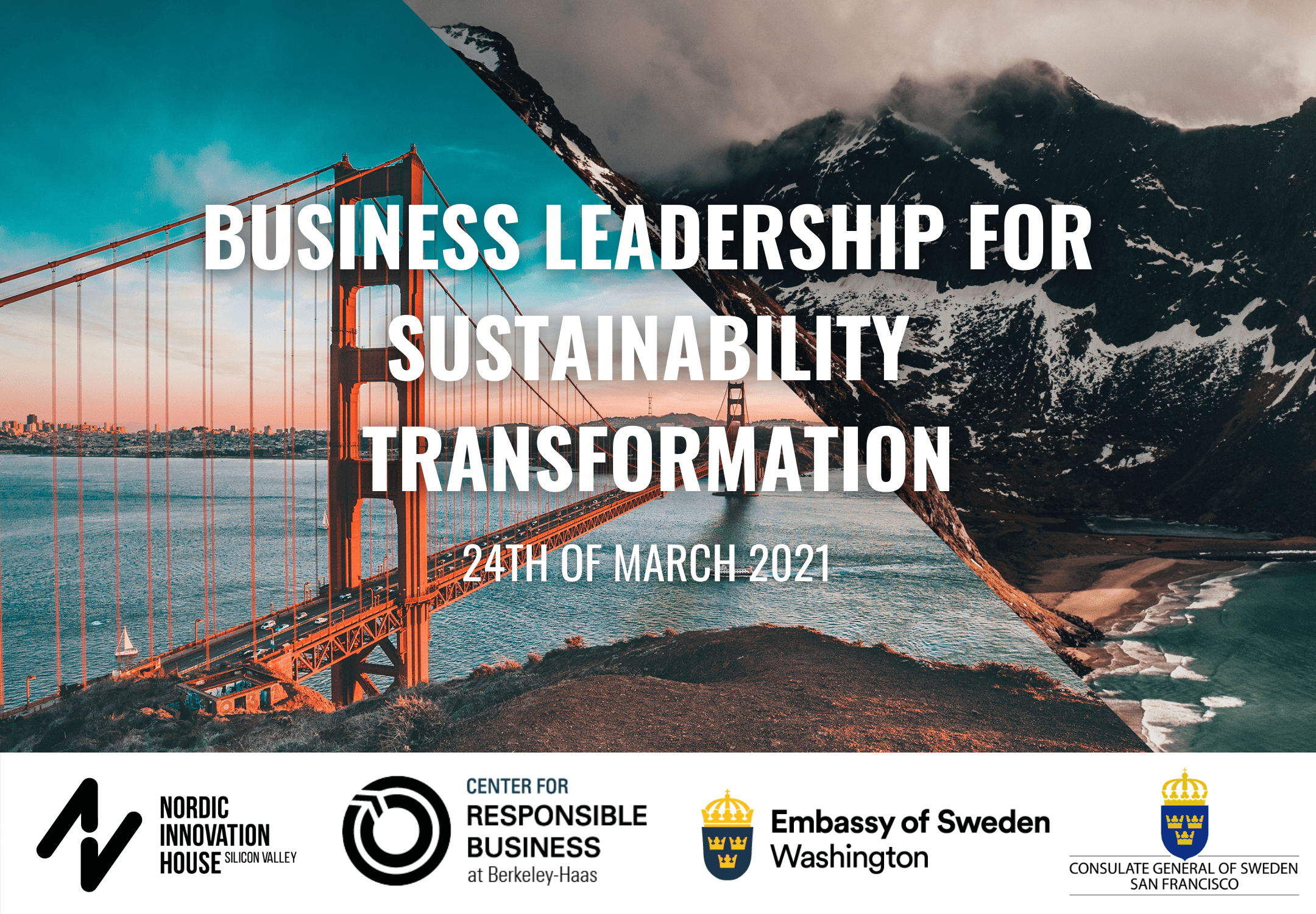Benchmarking Sustainable Supply Chain Management
By Roshini R. Das, EMBA 15

According to Wikipedia, the word Benchmarking (in the business terms) means the process of comparing one’s business processes and performance metrics to industry bests or best practices from other companies. Benchmarking is key to the world of sustainability, aiding organizations in creating and designing new sustainability strategies and validating the related impact through measurement of the performance.
This article discusses the benchmarking efforts on the Sustainable Supply Chain Management (SSCM). For huge organizations, greening their supply chain from the stage of raw materials to final product is a multibillion dollar endeavor, but what proves even more challenging is the identification of the simplest ways of measuring the performance.
Why are companies interested?
Companies typically pursue sustainability in supply chain due to pressures from their stakeholders or requirements to comply with environmental laws and regulations. In this era of social media, one incident can become viral and have huge repercussions on the stocks, market share and the brand image. Also, as companies grow, scalability, profitability and operational complexity of companies are hinging on the sustainability of the supply chain. Chipotle who is deeply committed to animal welfare, faced this challenge especially with the supply of quality pork to their store locations. One of their suppliers failed to meet the ‘responsibly raised’ standards and the company stopped offering pork.
Traceability, transparency and circular economy requirements are putting immense pressures on the companies to understand and have in depth knowledge of all aspects of their product life cycle. Many companies are reticent about sharing such detailed data or the benchmarking efforts with the public or their competitors. However, this tendency to hide is not viewed favorably by the public, and can have unintended consequences . For instance, Chipotle is importing grass-fed beef from Australia, which they claim is due to the lack of quality beef from local farmers. But their refusal to disclose the names of Australian suppliers, unclear definition of welfare standards and refusal to share the details have led to negative publicity.
The good news is that many leading companies have utilized their sustainability efforts in supply chain management to develop a competitive advantage in the market, strengthen brand awareness and increase operational efficiencies to save money. It takes exceptional leadership support, time, commitment and prioritization of SSCM as one of the key areas of focus in the CSR or corporate citizen efforts.
Sustainable Supply Chain Management
Sustainable Supply Chain Management (SSCM) is a developing field and there are many definitions existing in the industry. According to the supply chain sustainability guide prepared by Business for Social Responsibility (BSR) and UN Global Compact, “Sustainable Supply Chain Management is the management of environmental, social and economic impacts, and the encouragement of good governance practices throughout the lifecycles of goods and services.”
 Carter and Rogers (2008) had defined Triple Bottom Line as the intersection of social, environmental and financial performances, which are important in addressing sustainability in business operations. In an attempt to link the sustainable supply chain management (SSCM) to the Triple Bottom Line, they provided the definition of SSCM as “the strategic, transparent integration and achievement of an organization’s social, environmental, and economic goals in the systemic coordination of key inter-organizational business processes for improving the long-term economic performance of the individual company and its supply chains”. Along the same lines, a study done by Dr. Thomas W. Sloan, University of Massachusetts Lowell; proposes a framework to measure sustainability of supply chain. This framework is based on three board dimensions of environment, society and economy.
Carter and Rogers (2008) had defined Triple Bottom Line as the intersection of social, environmental and financial performances, which are important in addressing sustainability in business operations. In an attempt to link the sustainable supply chain management (SSCM) to the Triple Bottom Line, they provided the definition of SSCM as “the strategic, transparent integration and achievement of an organization’s social, environmental, and economic goals in the systemic coordination of key inter-organizational business processes for improving the long-term economic performance of the individual company and its supply chains”. Along the same lines, a study done by Dr. Thomas W. Sloan, University of Massachusetts Lowell; proposes a framework to measure sustainability of supply chain. This framework is based on three board dimensions of environment, society and economy.
- Environmental performance addresses the pollution, sourcing, energy use, carbon neutrality, climate change, environmental compliances etc.
- Social factors involves the human capital of work force, labor conditions, internal and external stakeholders, community, partnerships etc.
- Economic performance involves operations, triple bottom line, market share, quality control etc.
Even with these generalizations, the challenges faced by global companies in benchmarking their sustainability efforts are huge, as they differ from one industry to another and are sometimes industry or country specific.
Benchmarking Sustainable Supply Chain Management
In the world of SSCM, the challenge is not finding a metric to measure, but sieving through tons of data and assessing what is the key social or environmental component that cannot be missed to be benchmarked. Also, how easy is to communicate the details of the effort with the public and stakeholders?
Starbucks is one of the best examples on the benchmarking efforts of the SSCM. Starbucks developed a sustainability standard in collaboration with Conservation International (CI) called Coffee and Farmer Equity (C.A.F.E.) Practices, which is verified by third-party experts. In 2015, Starbucks met its goal of 99% ethically sourced coffee, which is more than 400 million pounds of coffee served globally. This was the culmination of a 15 year effort, but the goal of 100% ethically sourced coffee was only set in 2008. The benchmarking efforts of C.A.F.E practices focused on quality, economic accountability and transparency, social responsibility and environmental leadership.

On the other hand, Nike is an example of a company that made grave mistakes early on and have turned the table with their efforts on supply chain improvements. In 1998, CEO Phil Knight said that “The Nike product has become synonymous with slave wages, forced overtime, and arbitrary abuse.” Over the years, Nike has become transparent with its supply chain by releasing the names and locations of it factories, creating a non-profit group called the Fair Labor Association (FLA) that combined companies, human rights and labor representatives to establish independent monitoring and a code of conduct standards. While Nike has made huge strides with their SSCM practices and honest communication of challenges faced by them, the path to recovery has been a struggle and the public scrutiny still lingers. As a result, Nike has set up an extensive system for monitoring and benchmarking the supply chain and offer updates to the work in progress regularly.
Conclusion
Benchmarking the social, environmental and economic impacts from the life cycle of a product is of huge importance to SSCM. Let us consider Patagonia and the tools used for supply chain management. In addition to complying with FLA accreditation like Nike, Patagonia uses “4-fold” approach in screening its potential new suppliers, finished good factories, sub-contractors, raw materials fabric and trim suppliers. The 4-fold approach assesses the ability to meet sourcing, quality, social and environmental standards of supply chain.
According to the study done by Dr. Thomas W. Sloan, University of Massachusetts Lowell;
- Environmental sustainability means reducing the ecological footprint of the supply chain.
- Sustainability with respect to the social dimension involves developing and maintaining business practices that are fair and favorable to the labor, communities, and regions touched by the supply chain.
- The economic dimension of the supply chain refers to the profits earned by the members of the chain as well as the economic benefits realized by the host nations, regions, and communities of those members.
In my opinion, accessibility and communication of the social, environmental and economic impacts of a product’s life cycle demonstrates deep understanding, transparency and traceability of supply chain by the organization. Furthermore, adoption of appropriate measures and indicators within each dimension and their implementation for betterment of the supply chain will indicate the organization’s commitment and potential for success not just in the present but for the future.


